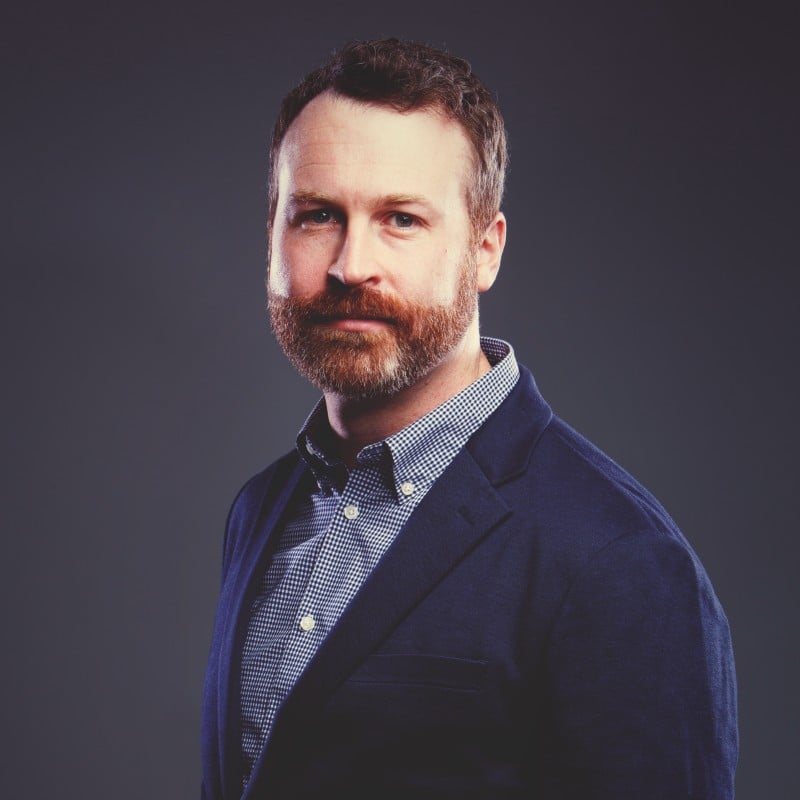The ITAM Hierarchy of Needs
Well-known psychologist Abraham Maslow dedicated much of his time focusing on our needs. He determined that people aren’t motivated by recognition or desires, but instead by a set of prioritized needs. His theory, Maslow’s Hierarchy of Needs, puts it all out there in pyramid form. Forming the base of the pyramid are basic needs such as food, water, and shelter. On top of that rest security and safety needs. Physiological needs, such as belongingness and esteem make up the next two levels. And at that top of the pyramid is self-actualization, characterized as achieving one’s full potential.
Maslow understood his theory was symbiotic. Achieving self-actualization is hinged on the factor that all your other needs are being met. But self-actualization is a powerful and rewarding place to be. Not only are you performing at your best, but you’re helping others reach their potential at this level as well.
Much like Maslow’s Hierarchy, Ivanti’s IT Asset Management / Software Asset Management Attainment Model features a self-actualized level of peak performance.
Here’s the breakdown of the ITAM/SAM Attainment Model:
- Level 0: Unmanaged
- Level 1: Initial
- Level 2: Managed
- Level 3: Shared
- Level 4: Optimized
In the Optimized level, organizations have already solved many of the problems that keep IT leaders awake at night. The earlier reactive problems have been solved, so governance and policies are no longer an issue. Staffing won’t present challenges because teams are already collaborating. Processes and tools might need to be adapted as new technologies continue to enter the organization, but it shouldn’t present problems because the cultural shift in thinking has already occurred at Level 3: Shared.
At this level, the focus is on alignment of IT financial management supplied by ITAM/SAM data to enable various strategic decision-making activities that aren’t necessarily ITAM/SAM related but support business agility. Business agility is achieved when DevOps, SecOps (Security operations), and ITAM/SAMOps are all integrated processes and tools that share data about the environment and its performance in real time. In the best-case scenario, business units don’t even realize IT is happening in the background. Achieving this level of agility requires close alignment across business services delivered through a fully operationalized ITAM/SAM and ITSM program.
The one area that continues to evolve throughout the attainment model is metrics. We suggest financial metrics, such as capital expenditures (CAPEX) vs Operating Expenses (OPEX), budget vs. actuals, as a starting point. But in reality, organizations will likely have measurements that are specific to their corporate goals. This attainment level can also reveal discretionary and nondiscretionary IT spending that isn’t delivering the expected business outcomes.
Thanks to all the work accomplished at the earlier stages or levels, an organization that has reached this point is able to have predictable spend. Monthly meetings between the ITAM/SAM manager and the business units ensures there aren’t any unplanned events or last-minute requests coming in. ITAM/SAM is able to forecast future software and hardware needs, whether leased, purchased, in the cloud, on-premise, or virtual.
If new projects are being rolled out, ITAM/SAM has been involved from the planning stages, so contracts, products, and suppliers are already in place. If a reduction in force is expected, ITAM/SAM has determined usable life-of-hardware assets to identify remaining residual value or has downgraded maintenance of software that will no longer be used. In EMEA, where software can be resold, ITAM/SAM will already know which software is transferable and what its value is.
Along with predictable spend and forecasting is the ability to do real-time licensing based upon IT demand. Using either a Bring Your Own Software License (BYOSL) model or software from the cloud provider, IT will have data necessary to look for the most effective platform for the price it is willing to pay, and act on that information. This is especially relevant to global organizations that might have multiple public cloud instances, and are looking for the best price based on geography, privacy laws, or some other factor.
With moving cloud instances and software, real-time licensing enables the organization to achieve savings because IT can see where potential demand might spike or take advantage of discounted cloud pricing wars. Forecasting demand, capacity, and spend requires knowing how the environment is performing against budget targets, actuals, capital expenses, operating expenses, fixed, variable, benchmarks against similar size organizations, and other IT financial metrics. Benchmark data is particularly useful when it can dive to the service or tier level of detail. An Agile ITAM/SAM program helps IT understand if it’s being cost effective or not.
Another hallmark of this level is the ability to optimize systematically the entire corporate application portfolio of both cloud and on-premise applications. IT can take advantage of real-time licensing for public cloud applications because demand is tied to changes in the business. Subscription licensing will provide insight into consumption by function being performed (e.g. viewing vs. action) and the organization will be charged accordingly.
At this level, costs and risks are controlled and forecasted monthly, timeframes are now near real time, and service quality is high. The business and IT are now intertwined with the same objectives.
Are you ready to optimize your software and hardware assets? Click below to download our ITAM/SAM Attainment Model. It’s a fantastic roadmap for achieving your ITAM/SAM goals.


